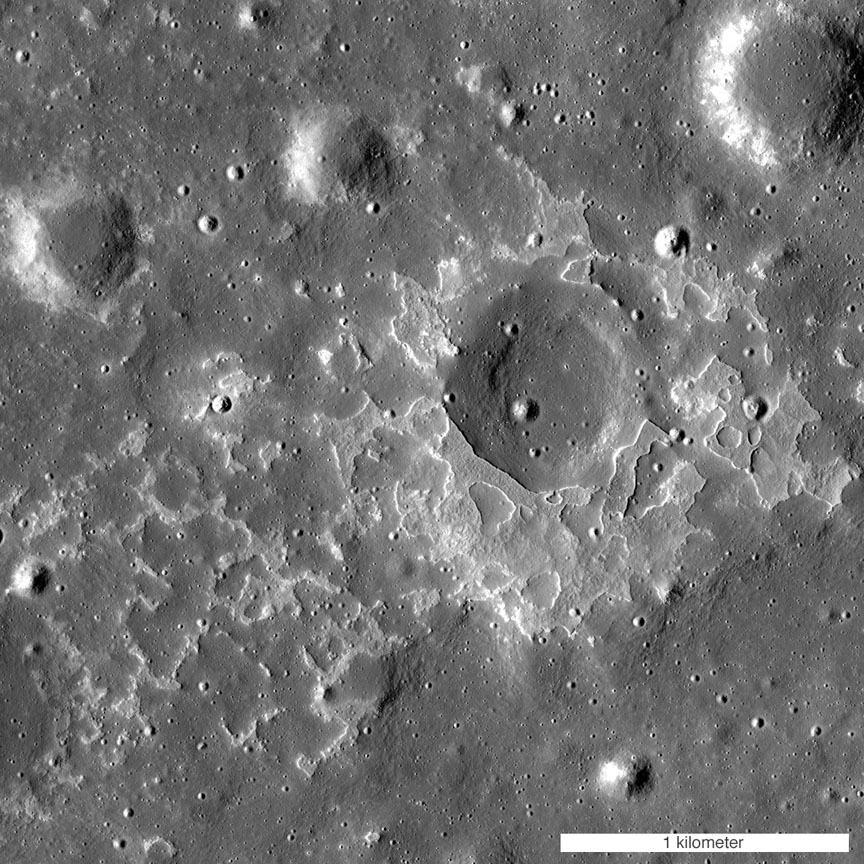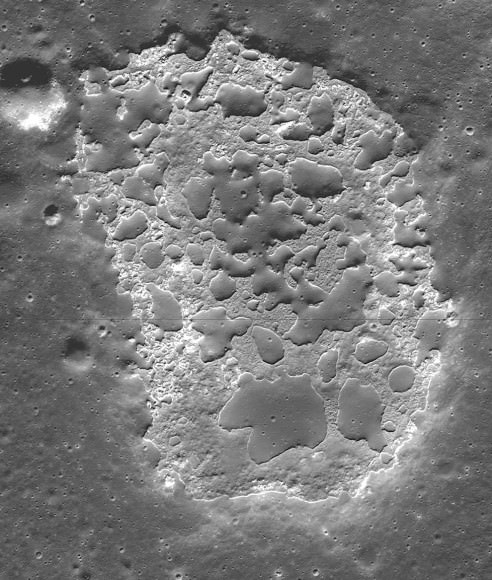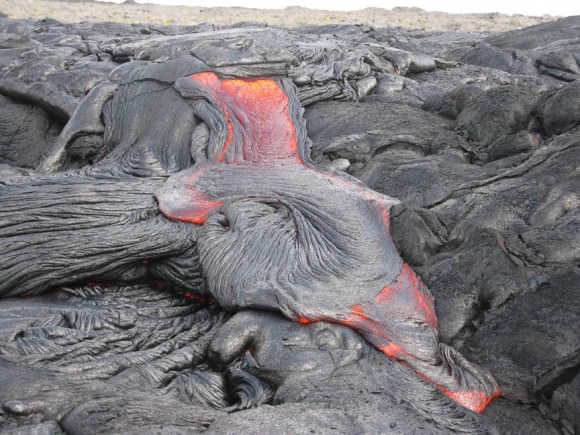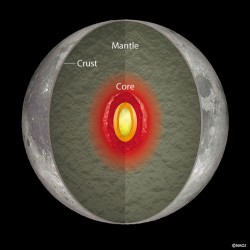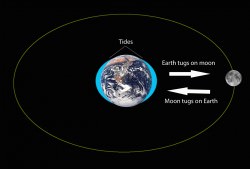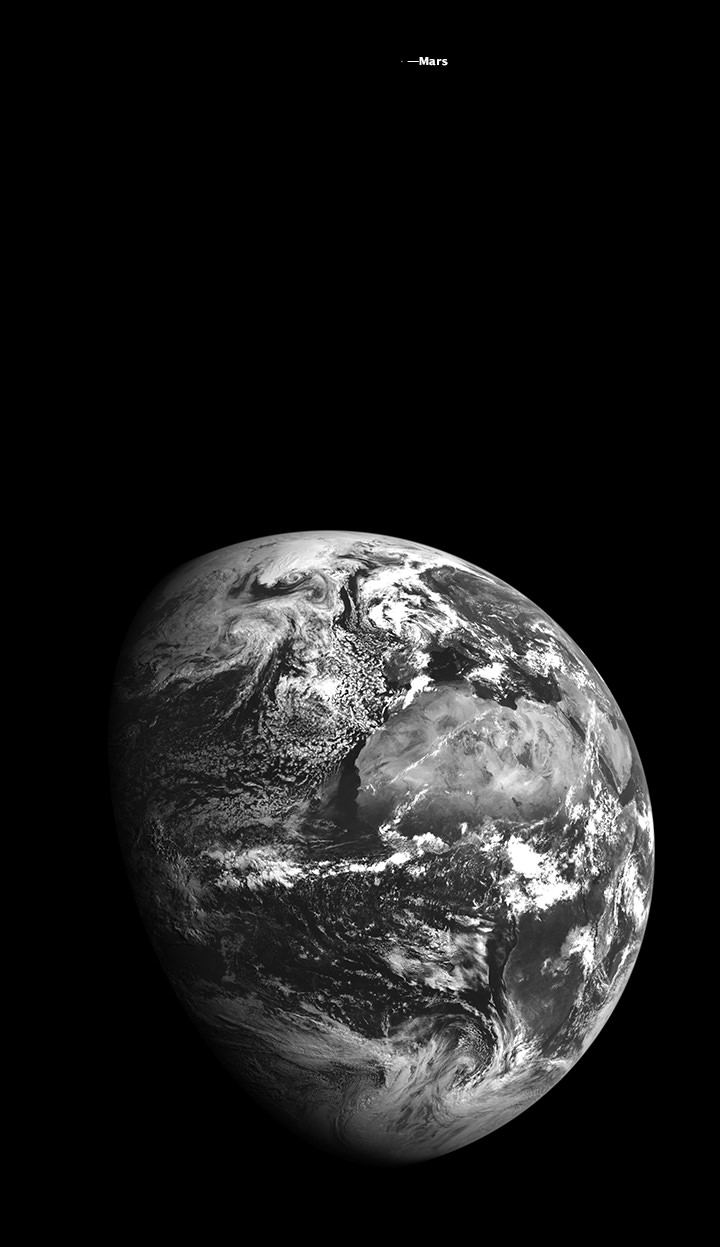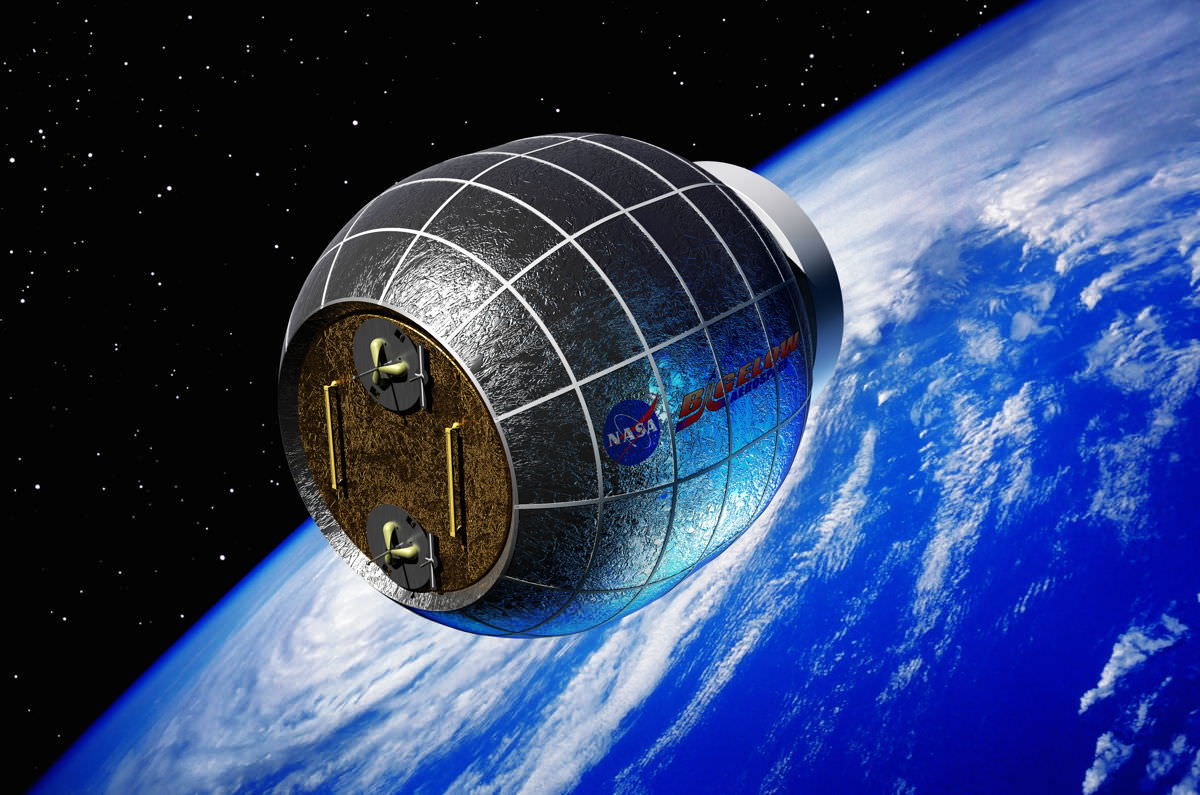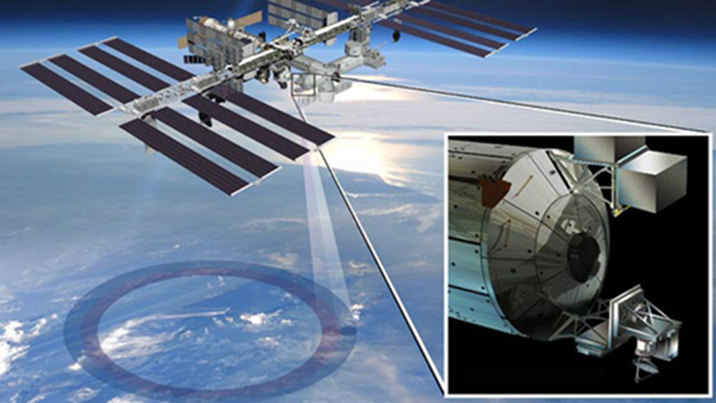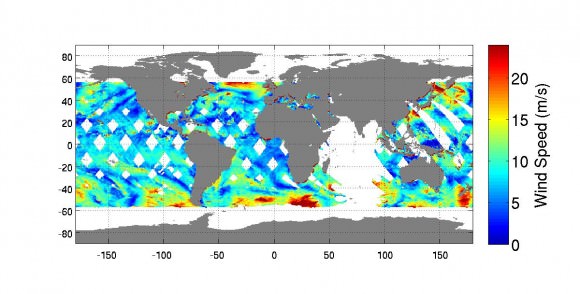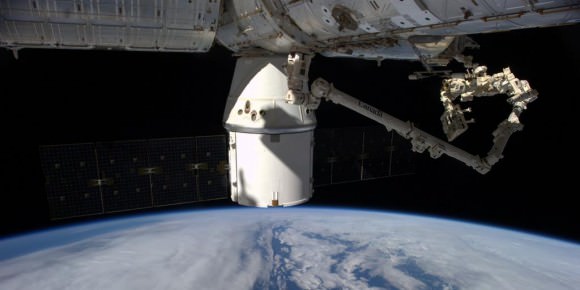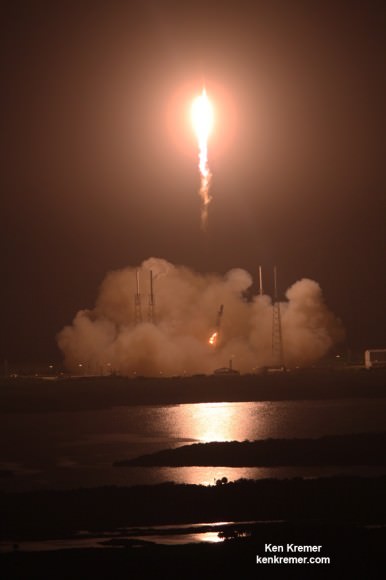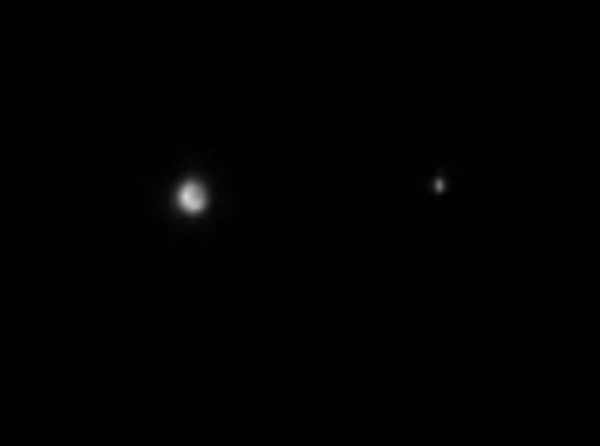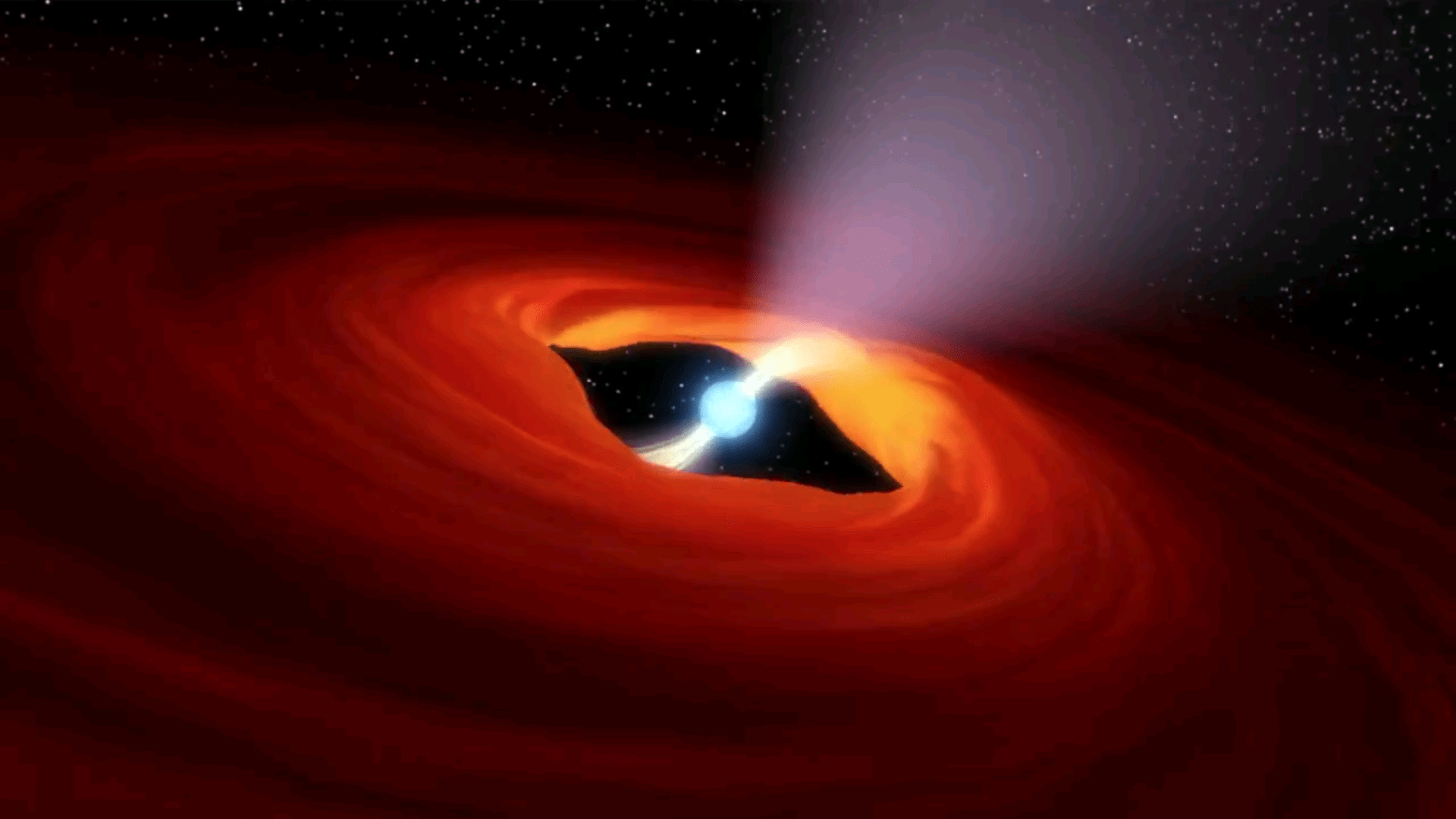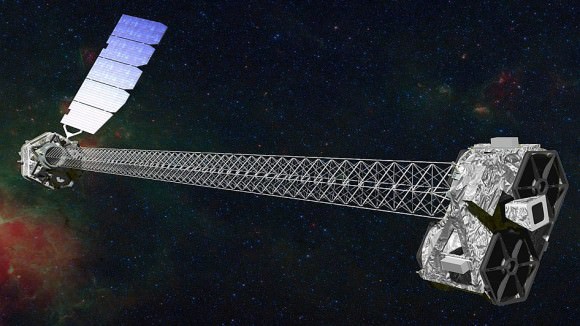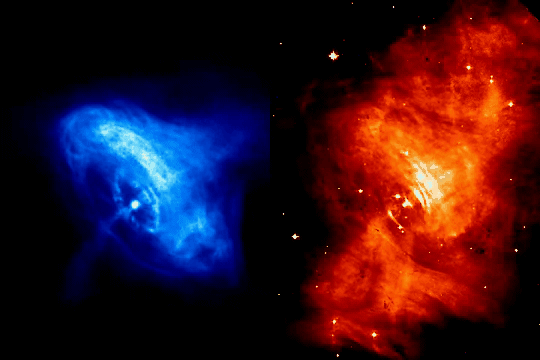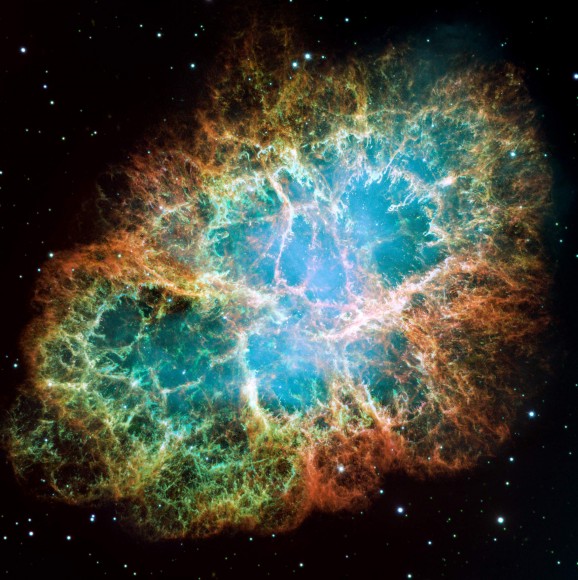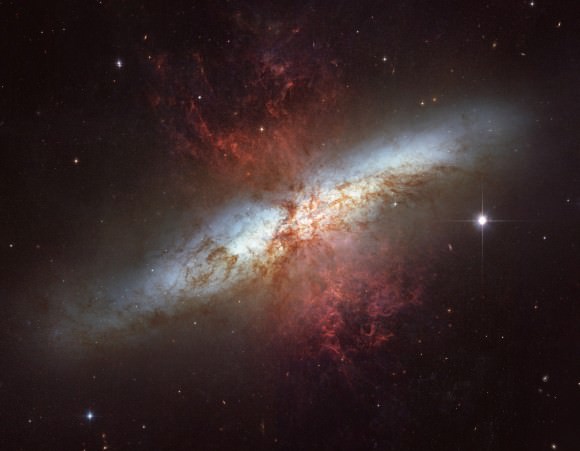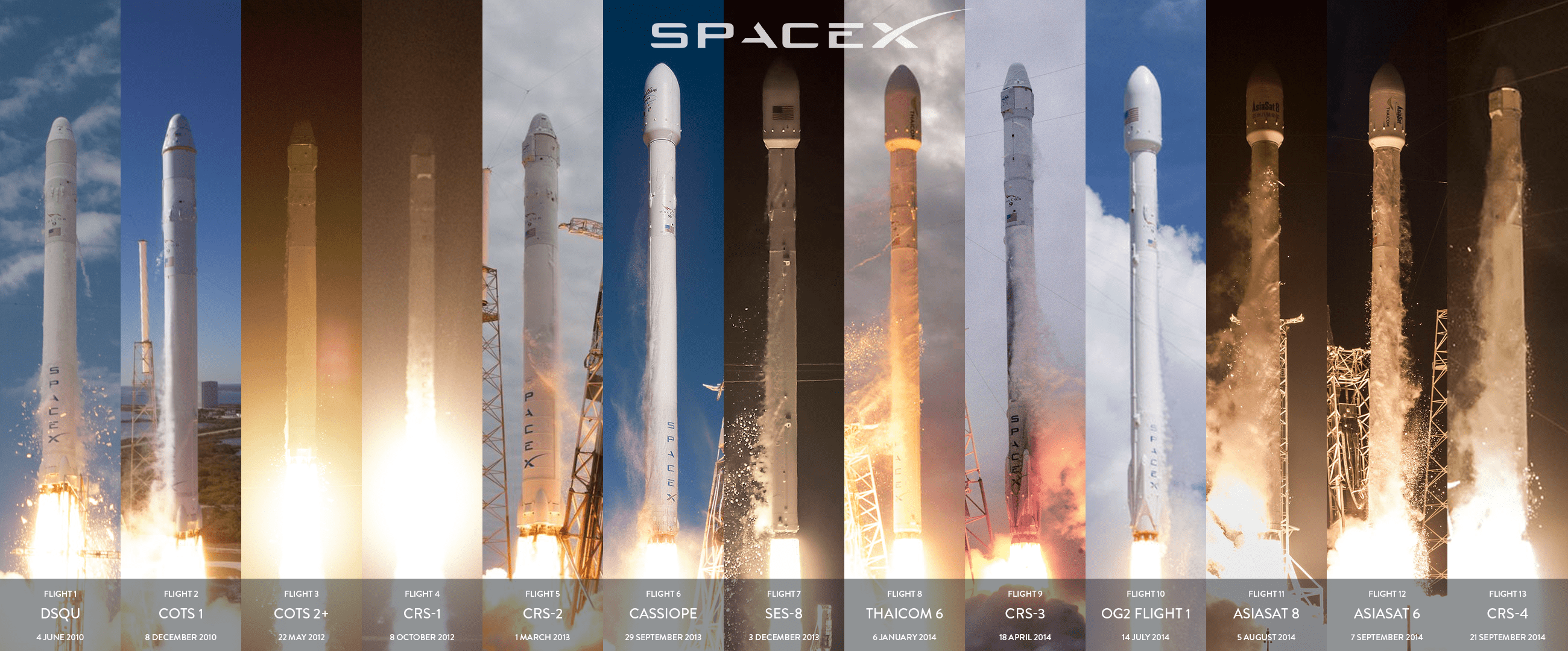Astronomy is notorious for raising more questions than it answers. Take the observation that the vast majority of matter is invisible.
Although astronomers have gathered overwhelming evidence that dark matter makes up roughly 84 percent of the universe’s matter — providing straightforward explanations for the rotation of individual galaxies, the motions of distant galaxy clusters, and the bending of distant starlight — they remain unsure about any specifics.
Now, a group of Australian astronomers thinks there’s only half as much dark matter in the Milky Way as previously thought.
In 1933, Swiss astronomer Fritz Zwicky observed the Coma cluster — a galaxy cluster roughly 320 million light-years away and nearly 2 light-years across — and found that it moved too rapidly. There simply wasn’t enough visible matter to hold the galaxy cluster together.
Zwicky decided there must be a hidden ingredient, known as dunkle Materie, or dark matter, that caused the motions of these galaxies to be so large.
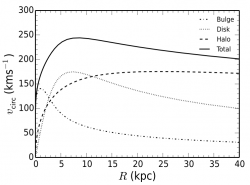
Then in 1978, American astronomer Vera Rubin looked at individual galaxies. Astronomers largely assumed galaxies rotated much like our Solar System, with the outer planets rotating slower than the inner planets. This argument aligns with Newton’s Laws and the assumption that most of the mass is located in the center.
But Rubin found that galaxies rotated nothing like our own Solar System. The outer stars did not rotate slower than the inner stars, but just as fast. There had to be dark matter on the outskirts of every galaxy.
Now, astronomer Prajwal Kafle, from The University of Western Australia, and his colleagues have once again observed the speed of stars on the outskirts of our own galaxy, the Milky Way. But he did so in much greater detail than previous estimates.
From a star’s speed, it’s relatively simple to calculate any interior mass. The simple equation below shows that the interior mass (M) is equal to the distance the star is from the galactic center (R) times its velocity (V) squared, all divided by the gravitational constant (G):
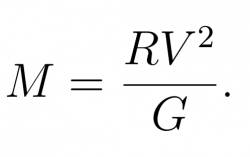
Kafle and his colleagues used messier physics accounting for the sloppiness of the galaxy. But the point holds, with a star’s velocity, you can calculate any interior mass. And with multiple stars’ velocities you’re bound to be more accurate. The team found the dark matter in our galaxy weighs 800 billion times the mass of the Sun, half of previous estimates.
“The current idea of galaxy formation and evolution … predicts that there should be a handful of big satellite galaxies around the Milky Way that are visible with the naked eye, but we don’t see that,” said Kafle in a news release. This is typically referred to as the missing satellites problem, and it has evaded astronomers for years.
“When you use our measurement of the mass of the dark matter the theory predicts that there should only be three satellite galaxies out there, which is exactly what we see; the Large Magellanic Cloud, the Small Magellanic Cloud and the Sagittarius Dwarf Galaxy,” said Kafle.
These new measurements might prove the Milky Way is not quite the behemoth astronomers previously thought. They also help explain why there are so few satellite galaxies in orbit. But first the results will have to be confirmed as they stand up against numerous other ways to weigh the dark matter in our galaxy.
The results have been published in the Astrophysical Journal and are available online.


